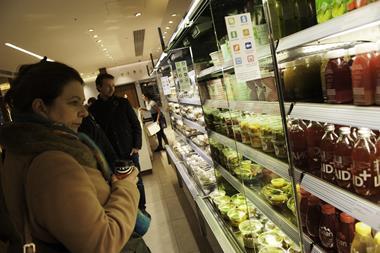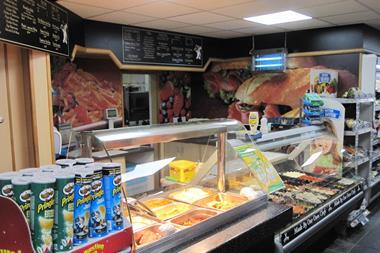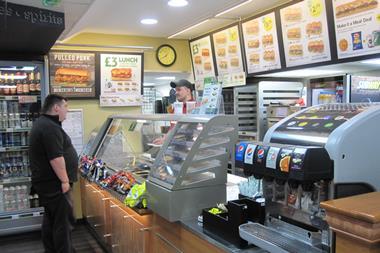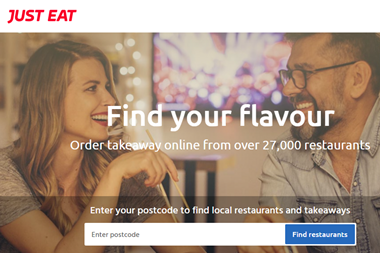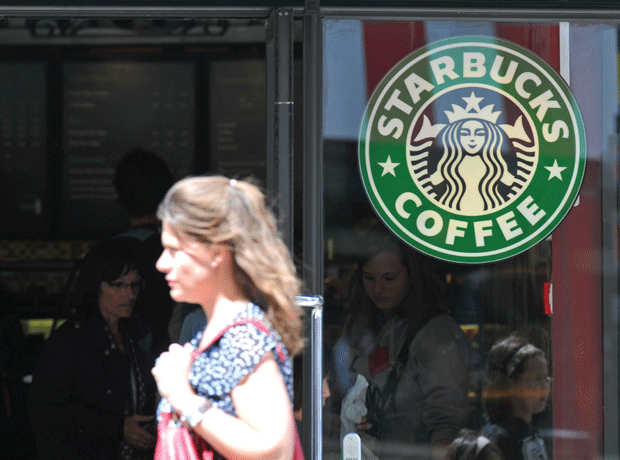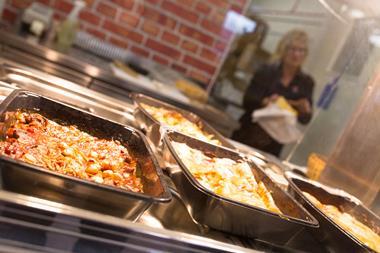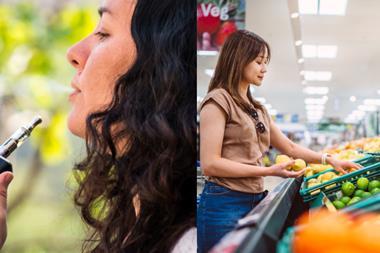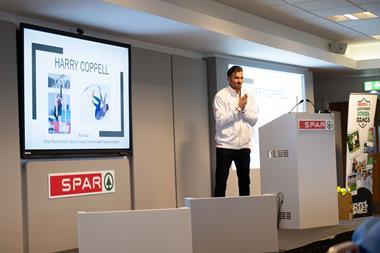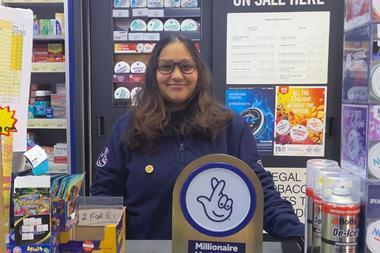Food to go: Lessons to take away

The food-to-go market is continually growing and evolving. C-Store reports on the thinking behind the leading brands and emerging trends outlined in a new report and at a recent conference.
ALREADY HAVE A REGISTERED USER ACCOUNT? PLEASE LOG IN HERE
To read the full story join the ConvenienceStore.co.uk community today!
Registration is quick and easy and provides access to:
- Unlimited ConvenienceStore.co.uk articles
- Our great range of newsletters
- Content you’ve saved for later via the ‘my library’ feature
And much more…




















